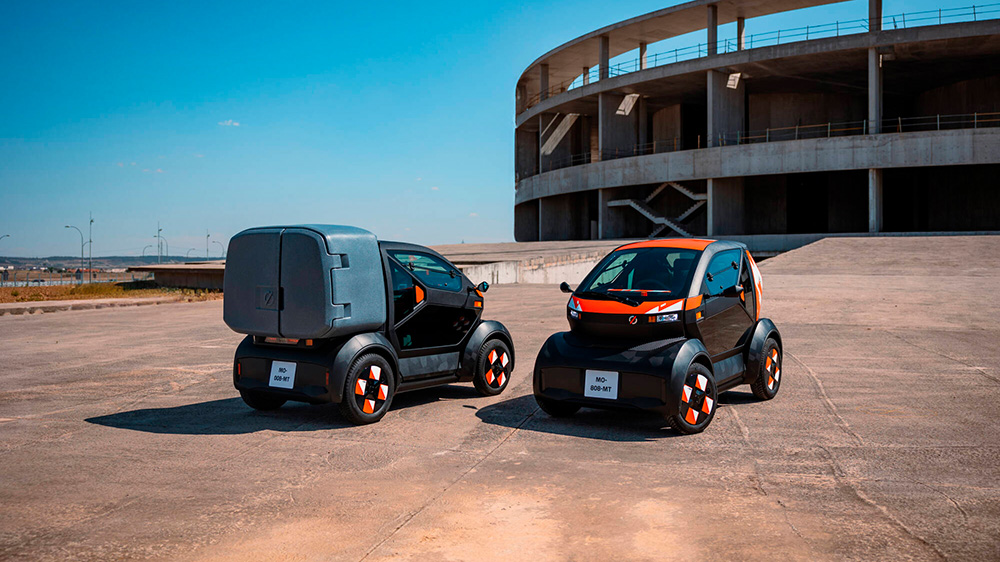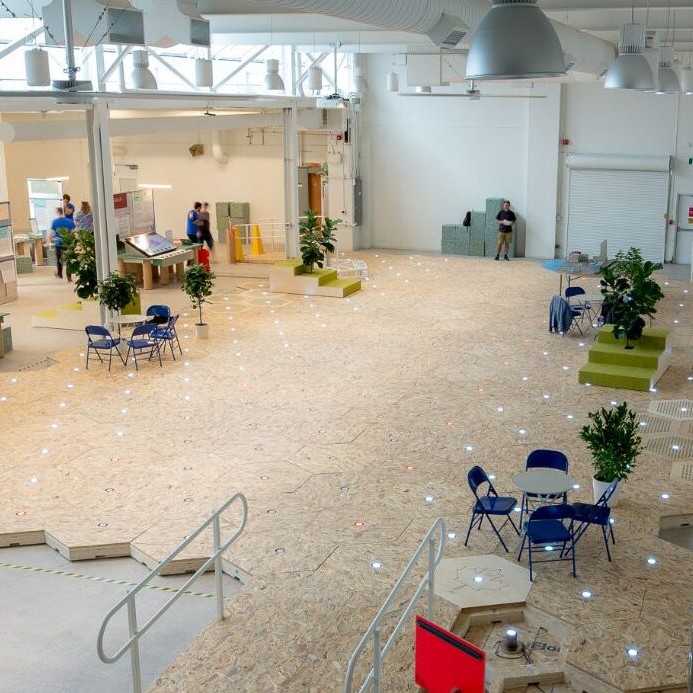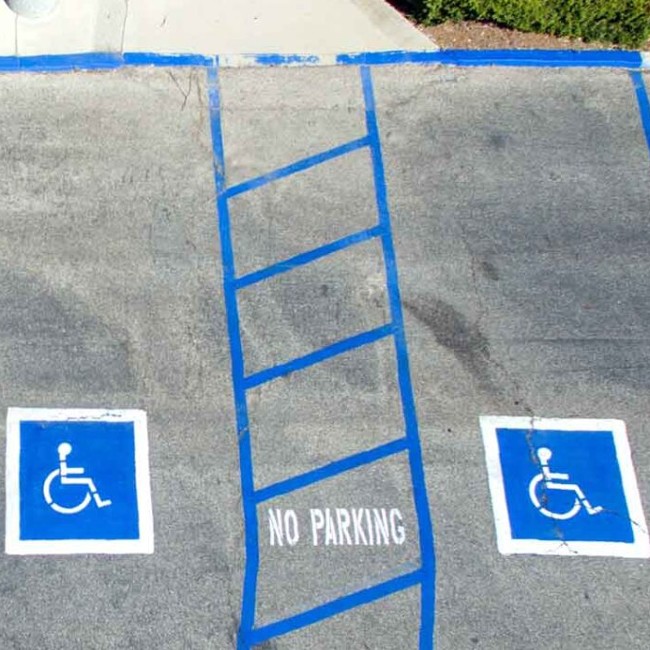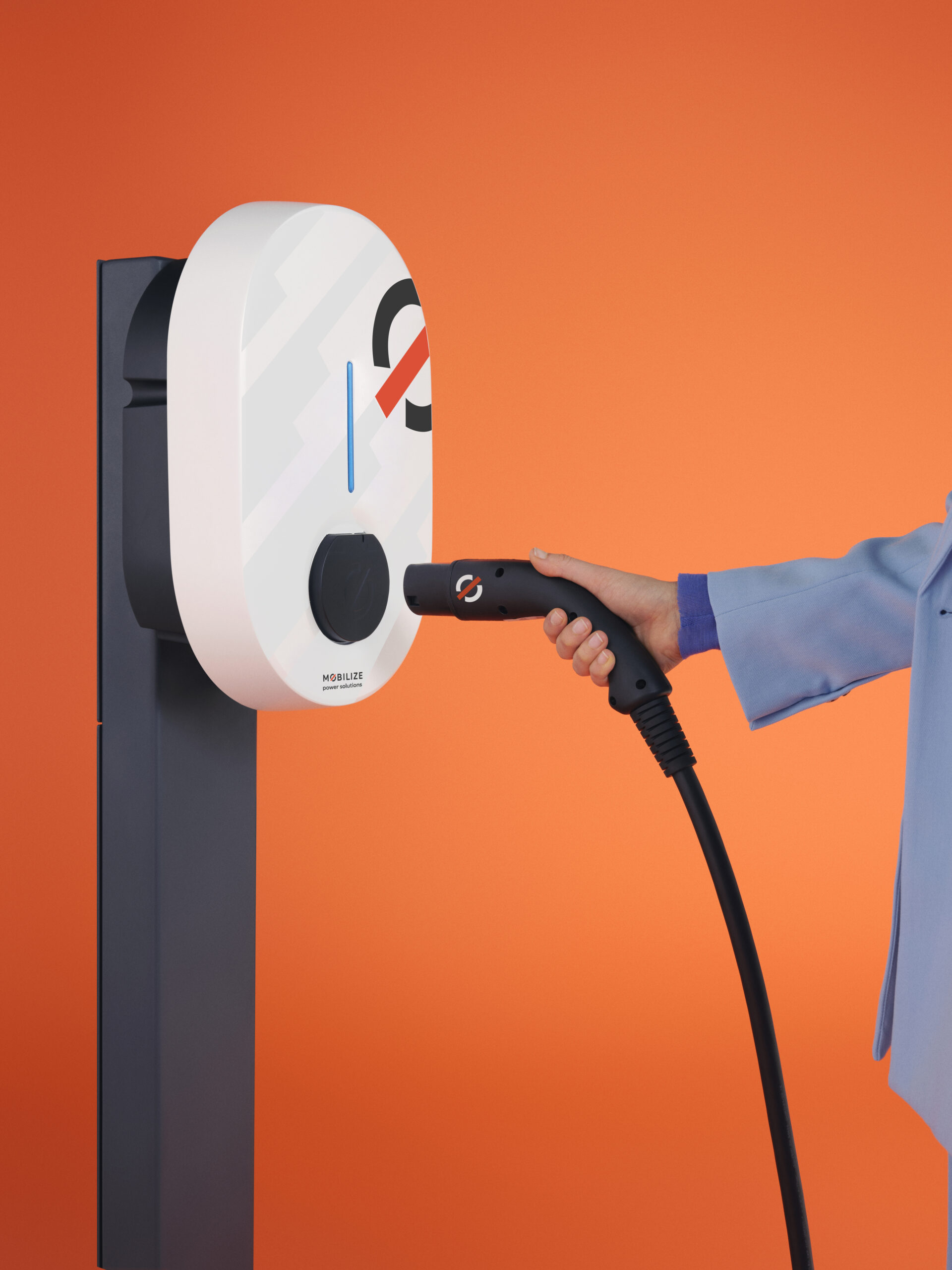REBOOT 1: developing new forms of mobility with the help of behavioural science
According to the French Environment and Energy Management Agency, transport is the number-one source of greenhouse gas emissions in France. This places urgent pressure on decision-makers and leaders in the mobility sector to propose alternative solutions and create a more sustainable transport network. What if behavioural science was the key to making the change? From French research campus Paris-Saclay to MIT, more and more researchers are asking this question…
“The main part of my own thinking is the recognition that transportation systems are half physical infrastructure, and half human beings,” says Jinhua Zhao, director of MIT’s JTL Urban Mobility Lab. And yet, over the last decades, transport decision-makers have mostly focused on pursuing technological advances and diversifying urban transport services, without giving much consideration to how passengers actually behave. Transport providers tend to assume that passengers are strictly rational when it comes to their daily commutes, and so the majority of transport systems are built on the idea that people base their travel decisions on journey time and cost.
And yet, this normative approach has had little effect on changing user behaviors. “It seems necessary to take behavioural science, and particularly social psychology, into greater account in order to create solutions that will lead to a lasting change in transport decisions,” wrote Nobel Prize-winning economist Joseph E. Stiglitz in 2019. “People make decisions in all sorts of different ways,” says Professor Zhao in an MIT article entitled What moves people? “The notion that people wake up and calculate the utility of taking the car versus taking the bus — or walking, or cycling — and find the one that maximises their utility doesn’t speak to reality.”
REBOOT 2: encourage citizens to change their behaviour
Given all this, precisely what data should transport providers be focusing on to help them develop more sustainable mobility systems? After 20 years of teaching and research at MIT in particular, Zhao’s work now revolves around three main themes: the emotional aspects of transport, how these apply to mobility design, and how mobility relates to public policy. It’s an innovative approach that has helped him better understand, among other things, the success of multimodal travelcards, the impact of off-peak prices on crowding, the consequences of the sense of pride felt by many car owners, and even how discriminatory attitudes around race and class may affect people’s preferences around ride-sharing.
Used strategically, this data could provide multiple opportunities to anticipate, and thus modify user behaviour. “Each of the different disciplines within the social sciences can help us understand behaviour, identify and anticipate blocks, and shape the transition to more sustainable forms of mobility. Nevertheless, for them to be most effective, they need to be combined,” writes Anaïs Rocci, a specialist in the evolution of mobility practices, for a conference organised by Paris-Saclay entitled “New forms of mobility through the lens of the social sciences”.
REBOOT 3: inspiring future public policies on mobility
Faced with certain value systems still deeply-rooted in society — for example, car ownership as a status symbol — will, or should, local authorities be able to use this data to create more transparent, inclusive, and sustainable mobility systems? “We are at the dawn of the most profound changes in transportation: an unprecedented combination of new technologies, such as autonomy, electrification, computation and AI, and new objectives, including decarbonization, public health, economic vibrancy, data security and privacy, and social justice,” says Jinhua Zhao. He continues: “The timeframe for these changes — decarbonization in particular — is short in a system with massive amounts of fixed, long-life assets and entrenched behavior and culture.” Naturally, he jumped at the chance to enact transport policy reforms within MIT — including offering fully-subsidised public transport for employees, and making changes to campus parking fees. As a result, single-occupant car use has fallen, and employees report increased overall satisfaction. Could this be the future of transport policy for the rest of us?
Sarah Sabsibo, L’ADN journalist
L’ADN is the media on innovation that every day analyses the best concepts of the new economy on the web and in magazine format.
Copyrights: Ishan, Tom Chen






